Exploring the World of Rear Drive Axles
In the realm of automotive engineering, rear drive axles play a crucial role in the performance and functionality of vehicles. Various types of rear drive axles, such as rear wheel drive axle, solid rear drive axle, tandem rear drive axles, rear drive axle assembly, and R88 Wheel Engine Rear Drive Axle, each bring unique characteristics and applications to the table. Understanding these components is essential for vehicle enthusiasts, mechanics, and engineers alike.
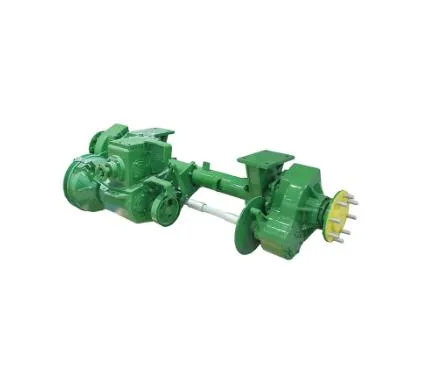
The Basics of Rear Wheel Drive Axles
Rear wheel drive axles are a fundamental part of rear wheel drive vehicles. They are responsible for transmitting power from the transmission to the rear wheels, enabling the vehicle to move forward or backward. In a typical rear wheel drive setup, the engine's power is sent to the transmission, which then transfers it to the rear wheel drive axle. The axle splits the power between the two rear wheels, allowing them to rotate at different speeds during turns, which is crucial for smooth cornering. Rear wheel drive axles come in different designs and configurations, depending on the vehicle's requirements, such as its weight, power output, and intended use.
Solid Rear Drive Axles: Strength and Durability
Solid rear drive axles are known for their robustness and strength. These axles are typically a single, solid piece that connects the two rear wheels. They are often used in heavy - duty vehicles, such as trucks and some off - road vehicles, where durability is of utmost importance. The solid construction of the axle allows it to withstand high loads and stresses, making it suitable for applications that involve carrying heavy loads or traversing rough terrains. Solid rear drive axles also tend to be more straightforward in design, which can make maintenance and repair relatively easier in some cases. However, they may have some limitations in terms of ride comfort compared to other types of axles, as they do not offer as much independent wheel movement.
Tandem Rear Drive Axles: Increased Load Capacity
Tandem rear drive axles are designed to handle increased load capacities. These axles consist of two or more rear drive axles positioned one behind the other. Tandem rear drive axles are commonly found in large trucks, trailers, and some buses. By having multiple axles, the vehicle can distribute the load more evenly, reducing the stress on each individual wheel and axle. This allows for the transportation of heavier loads without sacrificing stability and safety. Tandem rear drive axles also provide better traction and handling, especially when the vehicle is carrying a significant amount of weight. They are often equipped with advanced suspension systems to further enhance their performance.
Rear Drive Axle Assemblies: A Complete Package
Rear drive axle assemblies are comprehensive units that include all the necessary components for a rear drive axle to function properly. These assemblies typically consist of the axle shafts, differential, bearings, seals, and other related parts. The differential is a crucial component that allows the two rear wheels to rotate at different speeds during turns. Rear drive axle assemblies are designed to be easily installed in vehicles, reducing the time and effort required for assembly and maintenance. They are often manufactured to strict quality standards to ensure reliability and performance. Different types of rear drive axle assemblies are available to suit various vehicle models and applications, from passenger cars to commercial vehicles.
The R88 Wheel Engine Rear Drive Axle: A Specialized Component
R88 Wheel Engine Rear Drive Axle is a specialized type of rear drive axle, often associated with specific vehicle models or engine configurations. The R88 designation may indicate a particular design, performance characteristic, or compatibility with a specific engine. This type of rear drive axle is likely to be engineered to work in harmony with the R88 wheel engine, providing optimal power transfer and performance. It may have unique features such as enhanced strength, improved efficiency, or specific mounting requirements. The R88 Wheel Engine Rear Drive Axles are typically found in high - performance or specialized vehicles where precise engineering and customization are essential.
FAQs about Rear Drive Axles
How to Maintain a Rear Drive Axle?
Maintaining a rear drive axle involves several key steps. Regularly check the axle fluid levels, as low fluid can lead to increased friction and wear. Inspect the axle for any signs of leaks, damage, or excessive play in the components. Lubricate the moving parts as recommended by the manufacturer. Check the wheel bearings for proper functioning and replace them if necessary. Also, ensure that the differential is functioning correctly and that the gears are in good condition. Following the vehicle's maintenance schedule and addressing any issues promptly can help extend the life of the rear drive axle.
What Are the Advantages of Rear Wheel Drive Axles?
Rear wheel drive axles offer several advantages. They provide better weight distribution, which can improve handling and stability, especially during high - speed driving and cornering. Rear wheel drive vehicles often have better acceleration, as the weight of the vehicle shifts to the rear during acceleration, providing more traction. Rear wheel drive axles also allow for easier customization and modification, as the power transfer system is more straightforward compared to some other drive systems. Additionally, rear wheel drive is well - suited for vehicles that need to carry heavy loads or operate in off - road conditions.
Can Tandem Rear Drive Axles Be Installed on Any Vehicle?
Tandem rear drive axles are not suitable for all vehicles. They are typically designed for heavy - duty applications where increased load capacity is required, such as in large trucks and trailers. Installing tandem rear drive axles on a vehicle that is not designed to accommodate them can lead to a variety of issues, including problems with suspension, steering, and overall vehicle balance. The vehicle's frame, suspension system, and other components need to be able to support the additional weight and stress of tandem axles. Therefore, it is essential to consult with a professional and ensure that the vehicle is compatible with tandem rear drive axles before attempting an installation.
What Are the Differences between a Solid Rear Drive Axle and an Independent Rear Suspension Axle?
A solid rear drive axle is a single, solid component that connects the two rear wheels, while an independent rear suspension axle allows each wheel to move independently of the other. Solid rear drive axles are generally more robust and better suited for heavy - duty applications, but they may offer less ride comfort as they do not allow for independent wheel movement. Independent rear suspension axles, on the other hand, provide better ride quality and handling, especially on uneven surfaces, as each wheel can respond to road conditions independently. Independent rear suspension is often used in passenger cars and some high - performance vehicles for its superior handling characteristics.
How Does the R88 Wheel Engine Rear Drive Axle Differ from Other Rear Drive Axles?
The R88 Wheel Engine Rear Drive Axle is likely to have unique features and specifications tailored to its specific engine and vehicle application. It may be designed to handle the specific power output and torque characteristics of the R88 engine. The axle may have specialized components or a unique design that allows for better integration with the engine and other vehicle systems. Additionally, it may offer enhanced performance in terms of power transfer efficiency, durability, or handling compared to more generic rear drive axles. However, without specific information about the R88 Wheel Engine Rear Drive Axle, the exact differences can vary depending on the design and engineering of the component.
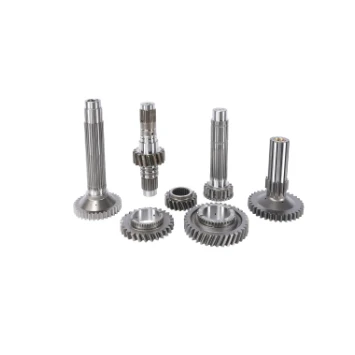
The agricultural and industrial machinery sector is experiencing remarkable growth, and at the heart of this expansion lies the trade and supply of tractors.
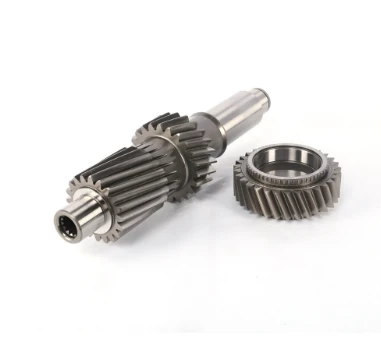
In the world of heavy - duty construction, the seamless operation of machinery is crucial for large - scale projects.
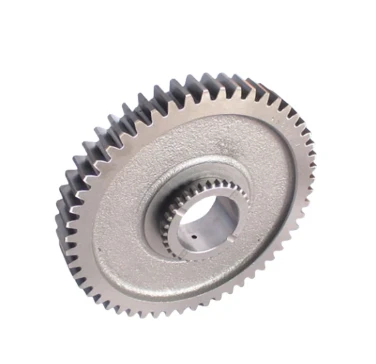
The world of tractors is vast and varied, catering to both practical agricultural needs and the passionate interests of collectors.
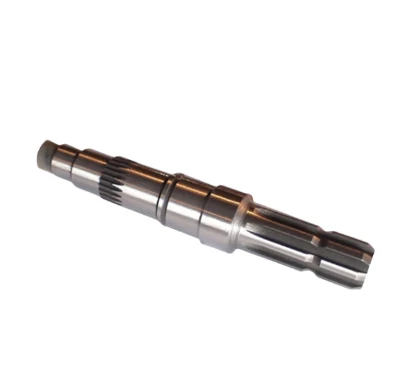
The agricultural and construction machinery landscape is constantly evolving, with tractors standing as essential workhorses for a variety of tasks.
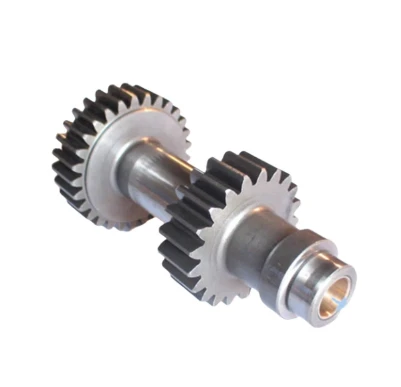
In the intricate world of mechanical engineering, gears are fundamental components that enable the seamless transfer and manipulation of power.
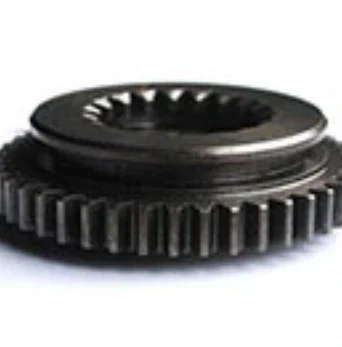
The market for tractors is a bustling hub, catering to a wide range of needs from large - scale farming operations to small - scale gardening projects.
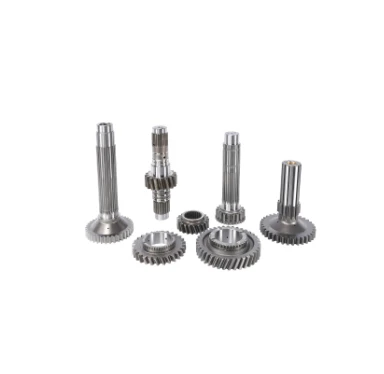
In the dynamic world of farming, machinery has become an essential part of efficient and productive operations.
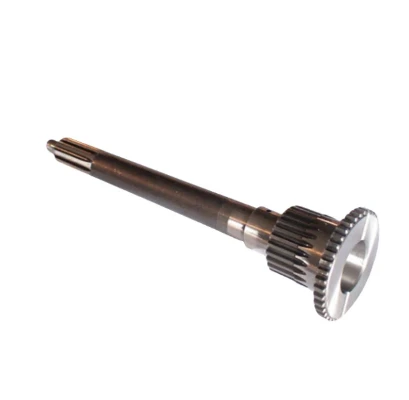
In the expansive realm of agriculture, various tools and machines play crucial roles in ensuring efficient crop production and overall farm management.
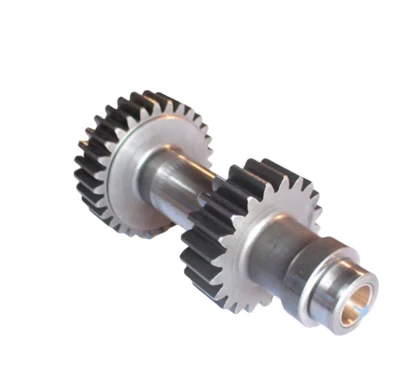
Tractors are essential workhorses in the agricultural and construction sectors, playing a pivotal role in a wide range of tasks.
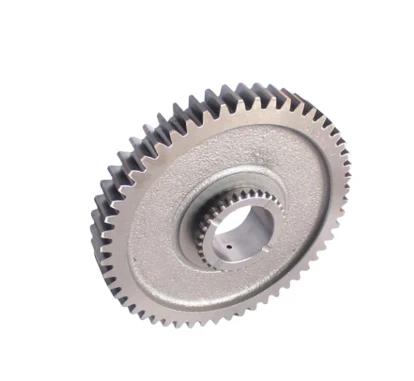
The agricultural and construction sectors rely heavily on tractors for their operations, and the entities involved in the production, distribution, and pricing of these machines shape the industry's trajectory.
International layout
Spread all over the world
our products are exported to various parts of the world. Currently, our products have been exported to more than 40 countries Our products cover Asia, Europe, Africa, South America, North America, and Oceania
Sign up
for Newsletter
Subscribe to the weekly newsletter for all the latest updates







